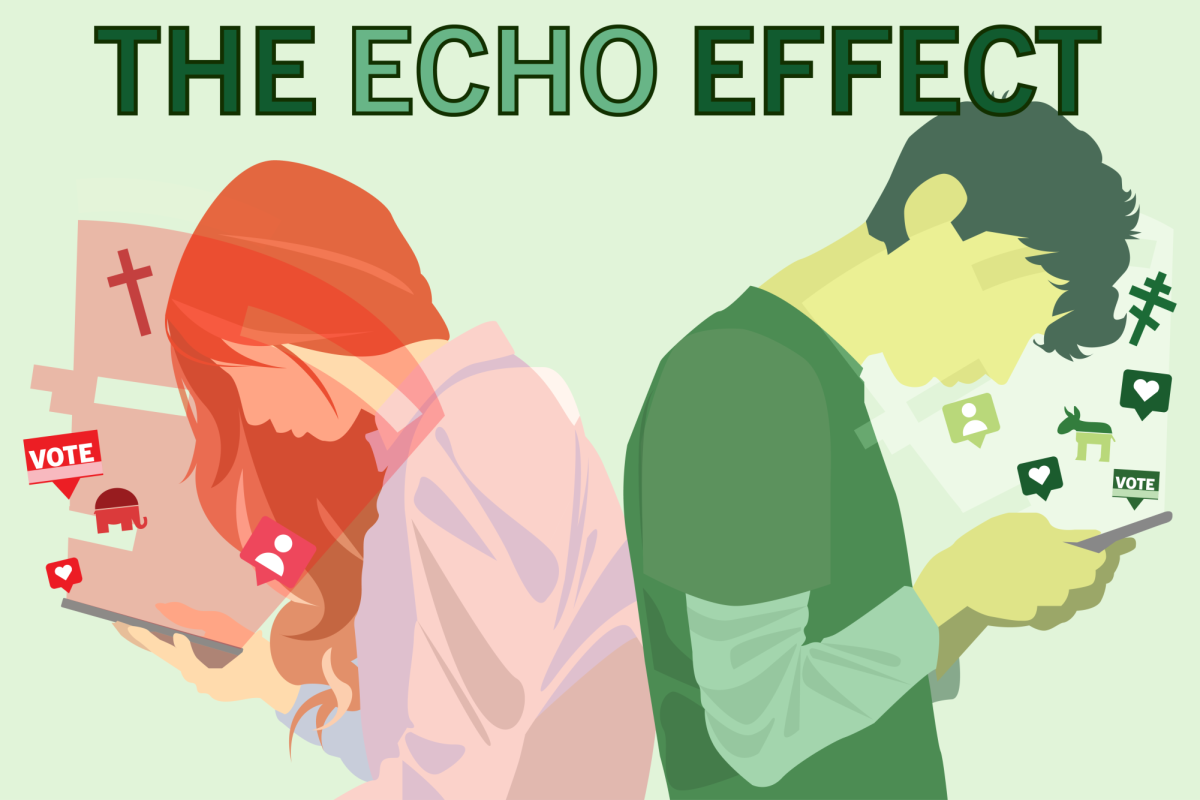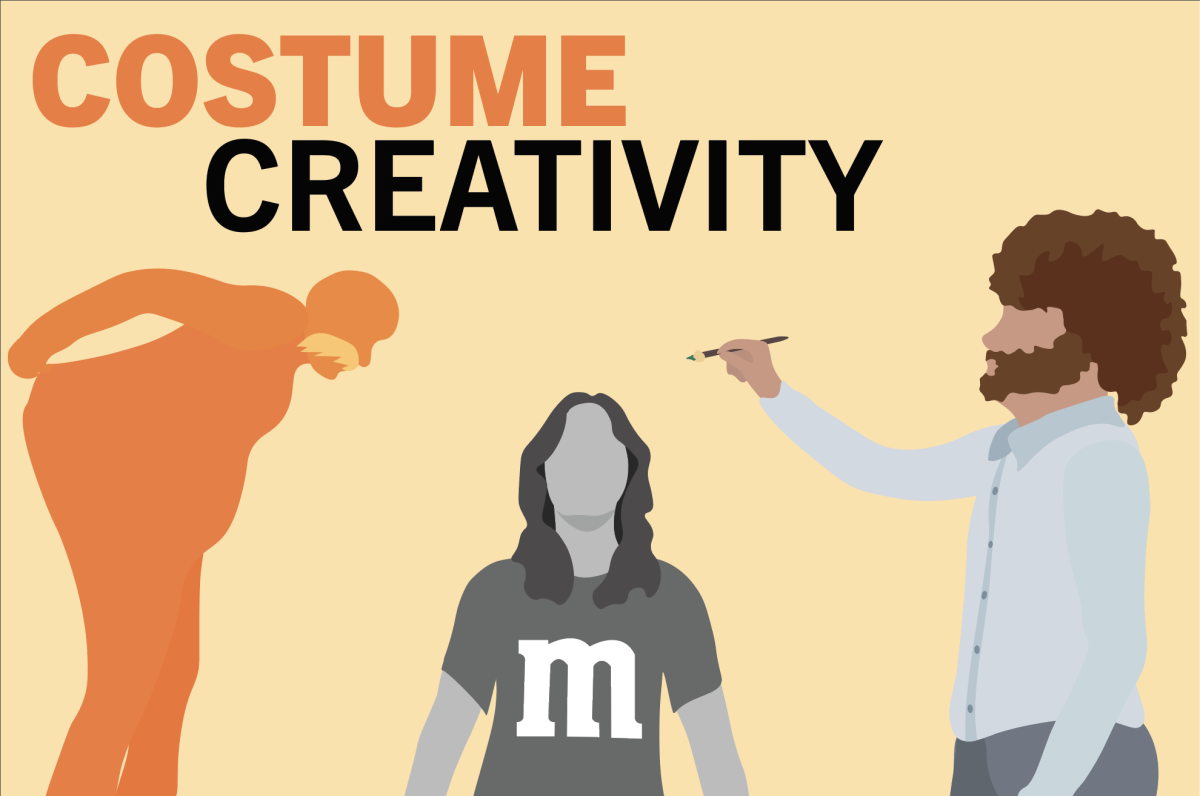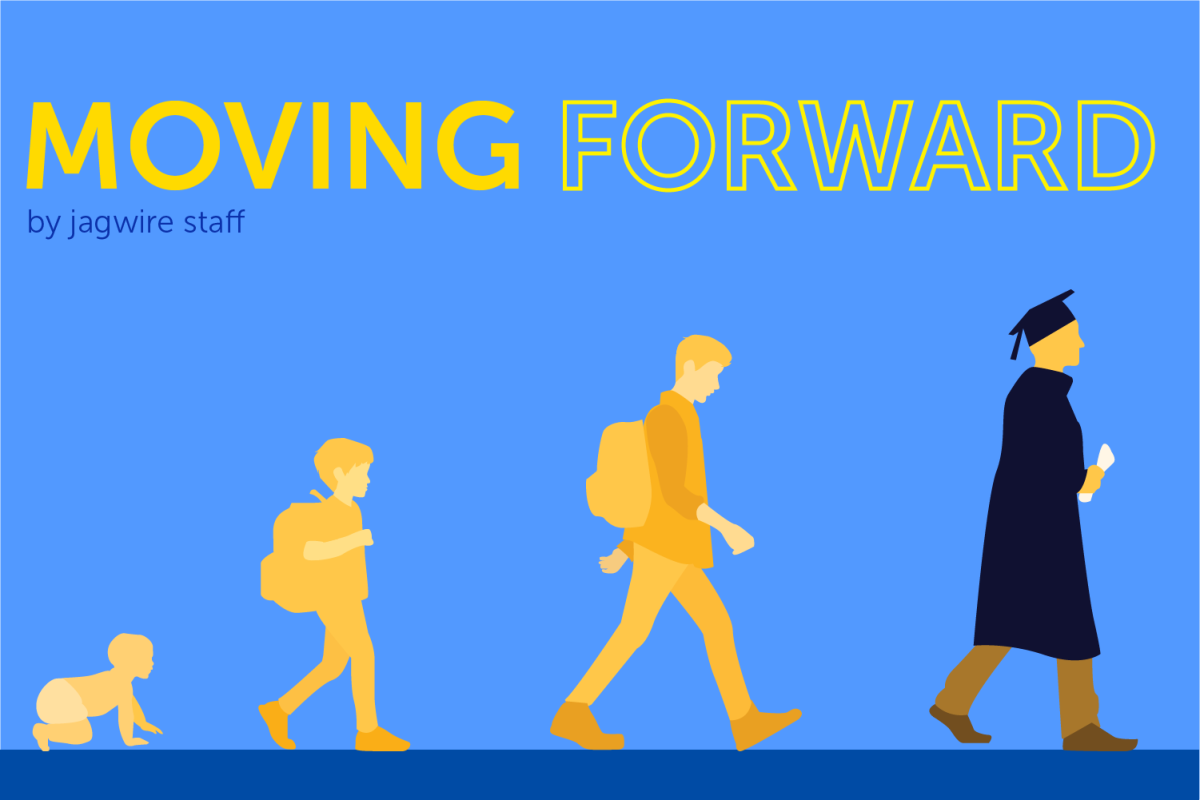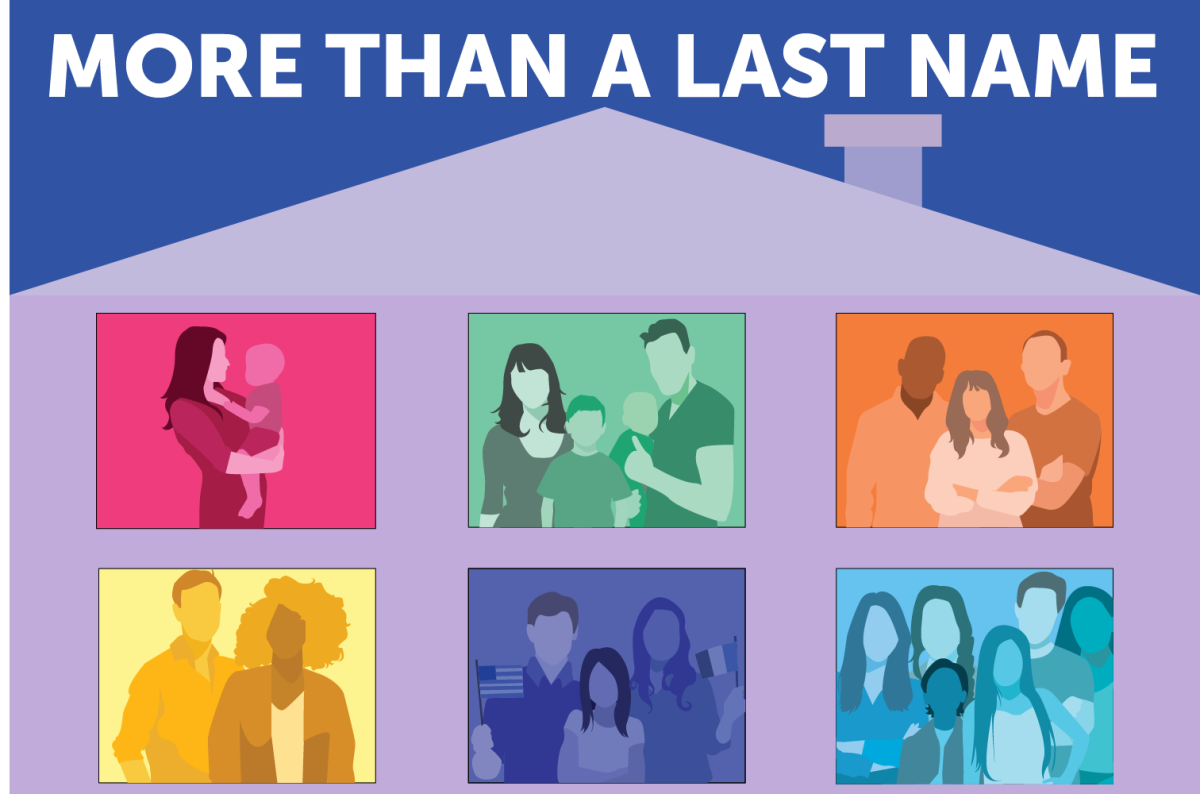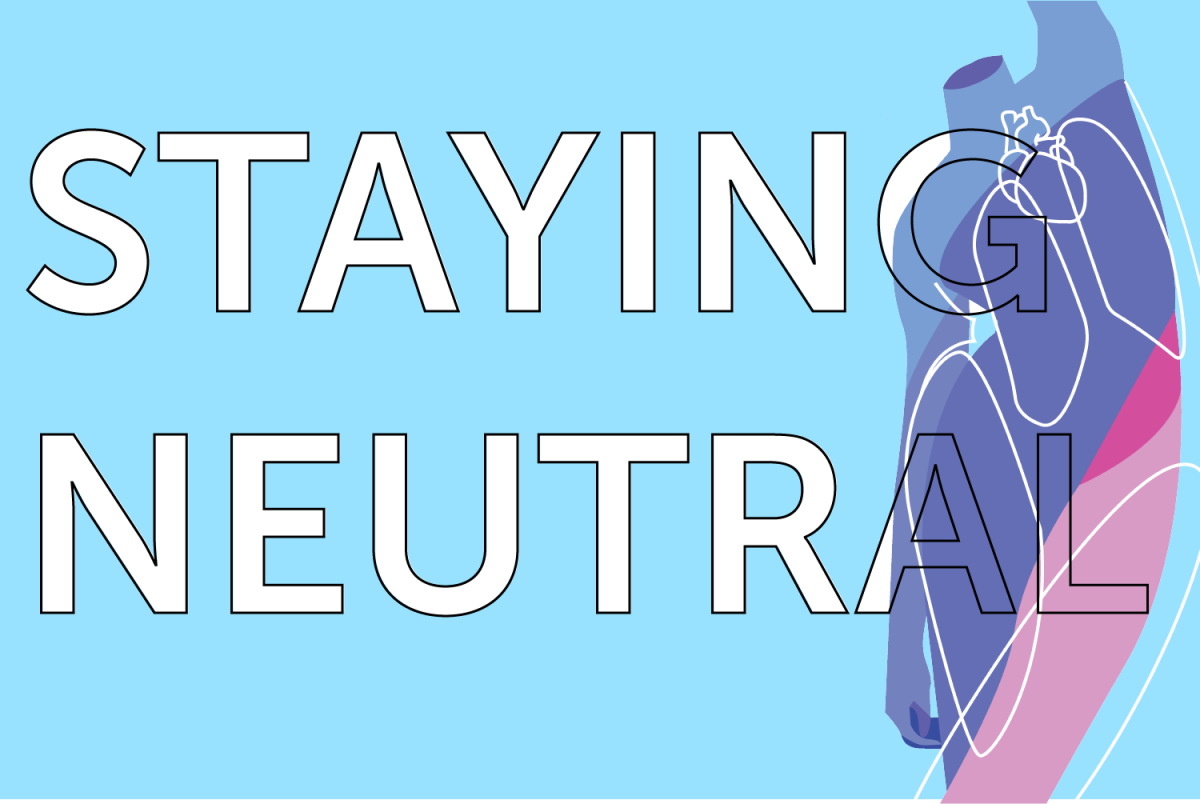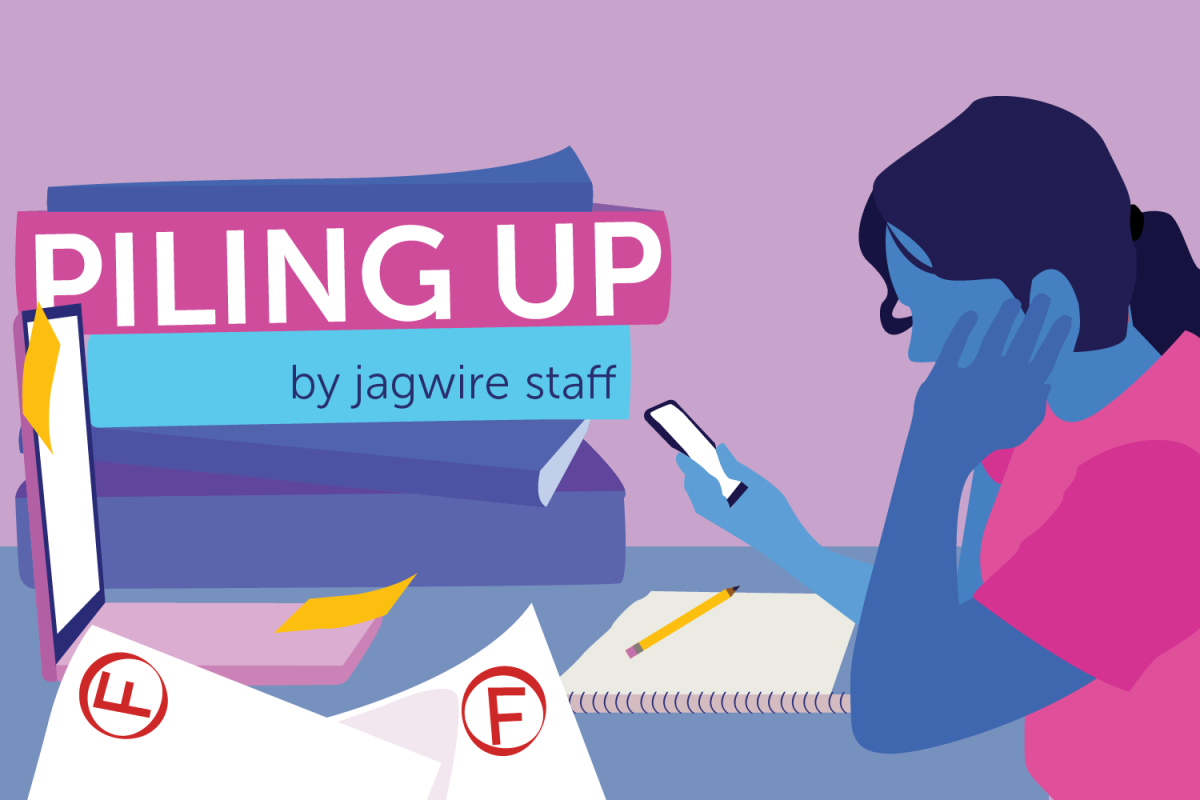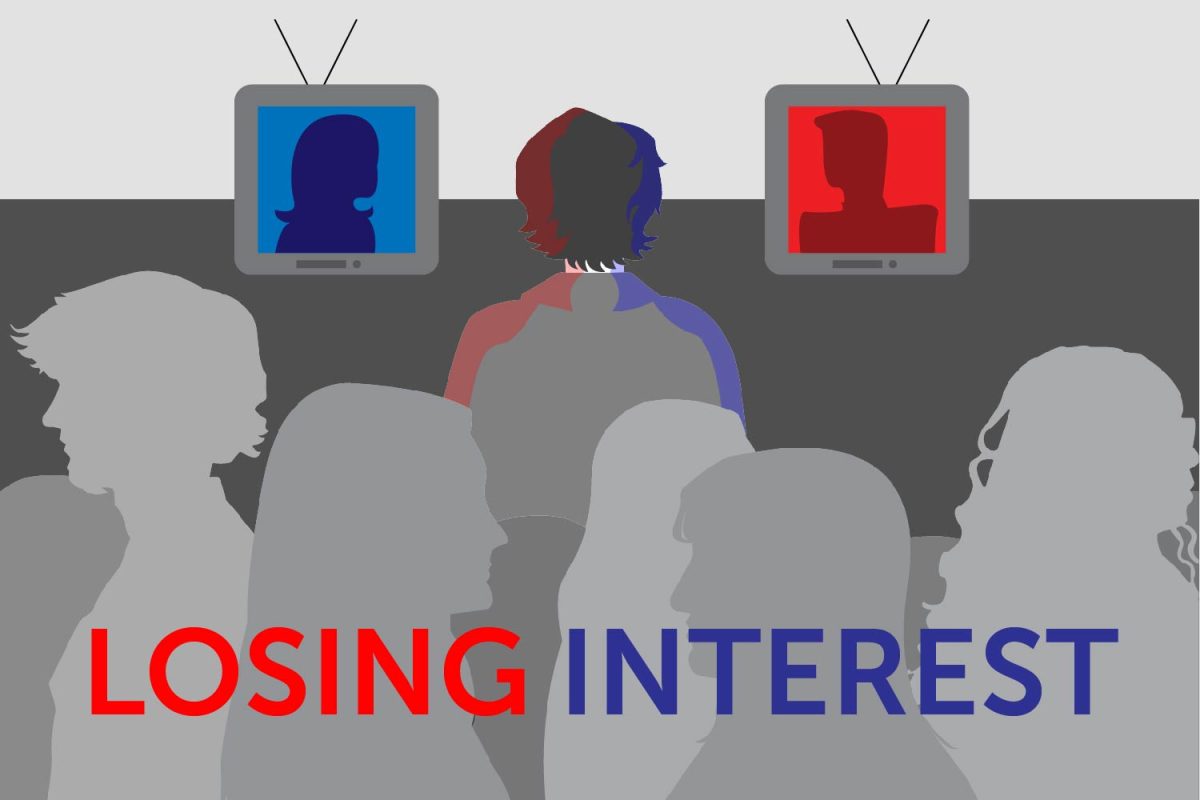Social media algorithms are used to show viewers the content they want to see. They track people’s engagement to see what they like or dislike and tailor their feeds to their interests.
These algorithms make using social media more catered to each person; however, it also means people are only given content they want to see. This also means in many cases, only given content they agree with. This can make social media platforms harmful to students’ ability to disagree and argue with others.
A report by the National Library of Health reports that social media platforms may limit “exposure to diverse perspectives and favor the formation of groups of like minded users.” This can create “echo chambers” in which people are only exposed to similar ideas and opinions, which reinforce their preexisting ones.
This can be harmful to students’ ability to disagree with others because the real world has no algorithms. During an in class discussion or a conversation at a lunch table, not every student will share the same opinion. It is very likely that students won’t agree on everything.
However, since social media only exposes people to content they are interested in, this means they are rarely seeing content that they disagree with. If students are exposed to content they don’t agree with, they can always hit the not interested button, which filters similar content out of their feeds.
This can be detrimental because it prevents students from seeing other perspectives. Whereas in real life and in person conversations there will always be people who disagree. Social media doesn’t always expose people to diverse perspectives different from their own. This can make people less tolerant of these beliefs because they are only seeing content that they like and content that is catered to their beliefs.
While social media algorithms will always be there to show people the content they are interested in, it doesn’t have to impact students’ ability to have productive conversations.
To combat this, students should attempt to be open to other people’s perspectives and listen to their arguments. Social media can convince people that there is a right and wrong side to arguments, but real life issues have more nuance. By listening and being open during discussions, students can combat some of the negative effects of the echo chambers that are created on social media platforms.


